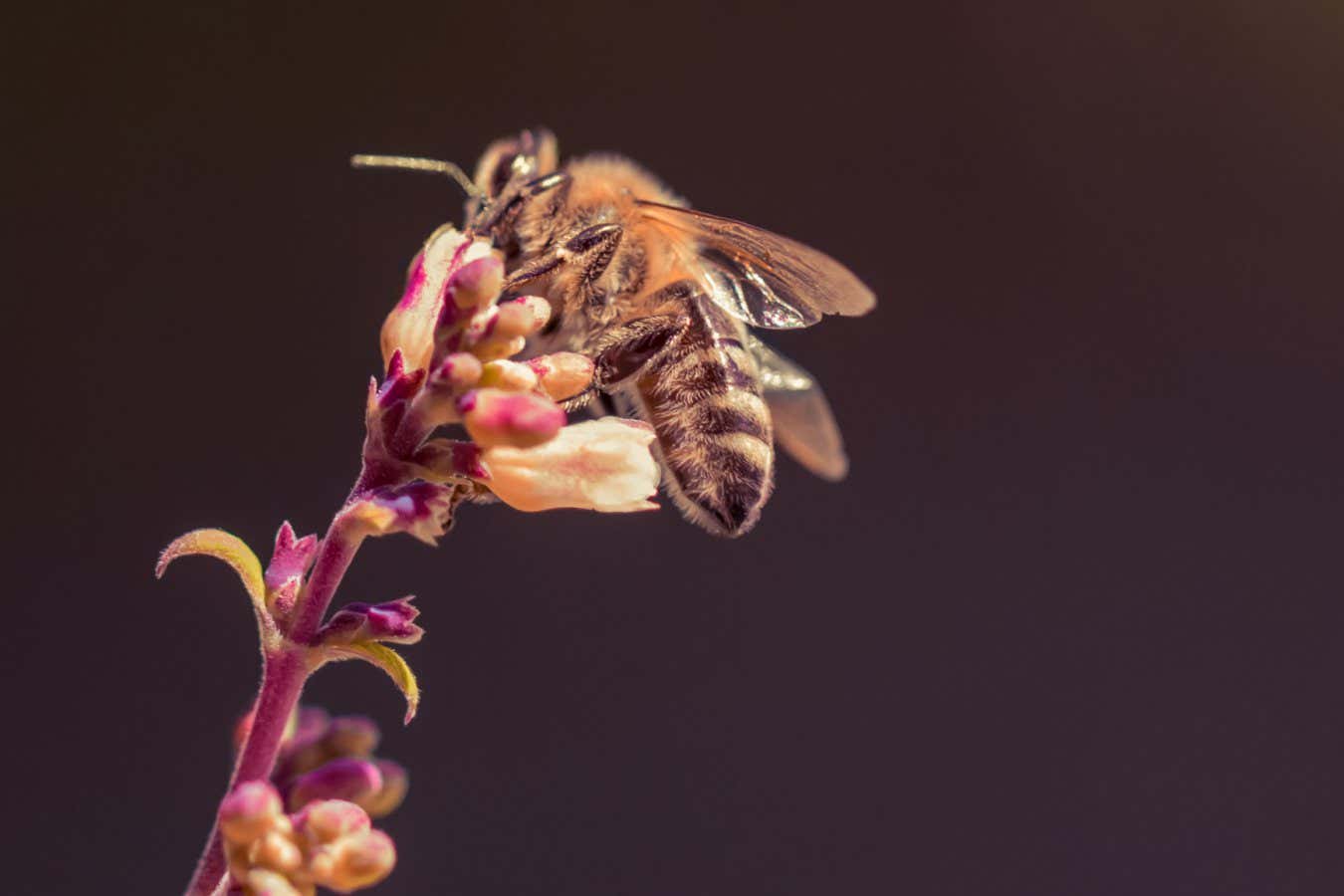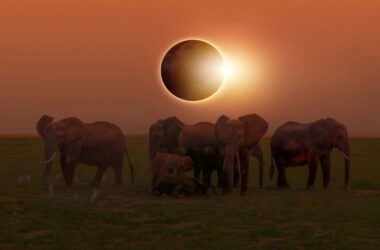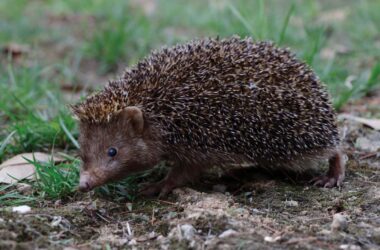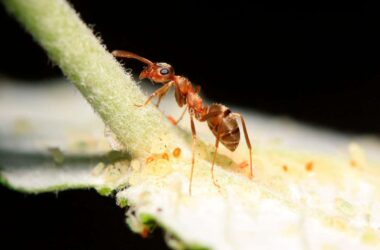A recent study has found that honeybees suffer from sleep deprivation when they are exposed to artificial light during the night. This lack of sleep has the potential to negatively impact the bees’ ability to communicate effectively and pollinate plants.
Honeybees, much like humans, require sleep to function properly. One example of the consequences of sleep deprivation in honeybees is their reduced accuracy in performing the waggle dance. The waggle dance is a series of movements that honeybees use to signal the location of nectar-rich flowers to other bees.
While humans experience a single period of sleep during the night, honeybees take naps throughout both the day and night. This sleeping pattern is unique to honeybees and differs from other insects.
The study conducted by researchers at the University of California, San Diego, highlights the importance of providing a suitable sleeping environment for bees. Artificial light at night disrupts their natural sleeping pattern and can have severe consequences for their ability to carry out essential pollination tasks.
Insights:
- Exposure to artificial light at night disrupts honeybees’ sleep patterns.
- Honeybees need sleep, just like humans, for proper functioning.
- Sleep deprivation affects honeybees’ communication abilities, such as performing the waggle dance.
- Honeybees take naps throughout the day and night, rather than having a single period of sleep.
- Providing a suitable sleeping environment for bees is crucial for their well-being and effective pollination.








